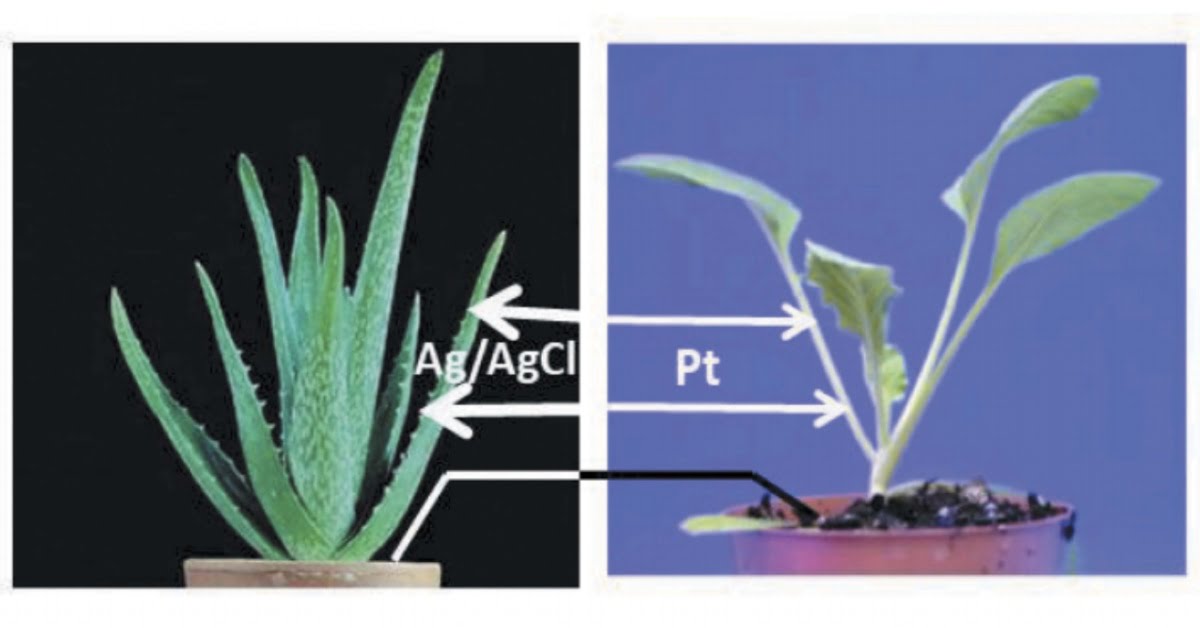The soil beneath our feet is alive with electrical signals being sent from one plant to another, according to new research. This actually means that plants communicate with each other.

The new findings were announced in a new paper by Dr. Yuri Shtessel, distinguished professor emeritus at the University of Alabama in Huntsville (UAH), and Dr. Alexander Volkov, a professor of biochemistry at Oakwood University. Their research used physical experiments and mathematical modeling to study the transmission of electrical signals between tomato plants. The results raise some interesting questions.
Dr. Shtessel, whose specialty is control engineering, gave account of how the project started:
“Dr. Volkov is a prominent scholar in biochemistry. Once, we were talking about the electrical signal propagation though the plant’s stem and between the plants – plant communication – through the soil. I suggested building an equivalent electrical circuit and a corresponding mathematical model that describes these processes.”
Dr. Volkov has been studying electrical signal propagation within a plant and between plants through a network of Mycorrhizal fungi that’s ubiquitous in soil and appears to act as circuitry. The pair started to collaborate on the topic in 2017, with Dr. Shtessel in charge of building the mathematical models, running the simulations and generating the plots.
According to the pair’s findings, plants generate electric signals that propagate through their parts. When the roots of tomatoes are experimentally isolated from each other with an air gap, the electrical impedance of the gap is very large.
“The electrical signals won’t go through this gap,” Dr. Shtessel says. In such cases, communication between plants via their roots is prevented, as was discovered by Dr. Volkov.

However, when the plants live in common soil, Dr. Volkov found that the ground impedance is not very large and they can communicate by passing electrical signals to each other through the Mycorrhizal network in the soil.
“We studied experimentally and analytically via simulations the communication network between two plants only,” Dr. Shtessel says.
Their new research involving tomato plants opens new doors to questions about whether plants communicate across species through fungi.
“I think that it is definitely possible that signals can propagate through the root network and spread in the common ground or soil from a tomato plant to, let’s say, an oak,” Dr. Shtessel says. “The soil plays the role of a conductor.”
However, the nature of any messages being sent is unknown to the scientists and examining the possibility of cognition was beyond the scope of the experiment. Nevertheless, Dr. Shtessel calls those extremely interesting questions.
“No study of the cognitive processing of the electric signals passed and received by the plants was accomplished,” he says. “Another issue is to study the plants’ communications via electric waves through the air. This is a different story that has not been deeply studied yet.”
The first steps have definitely been made so who knows? One day we might as well find out what those tomatoes are talking about…
Sources: 1, 2
